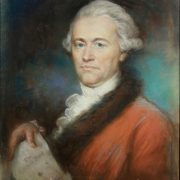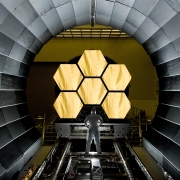Saturday 5th March 2022 18:00 GMT – Free Zoom Webinar: New Views of William Herschel (1738 – 1822)
In Memory of Michael Hoskin (1930-2021)
Professor Woodruff T Sullivan (University of Washington, Seattle, Wash.)
Sarah Waltz (University of the Pacific, Stockton, Cal.)
John Mulligan (Rice University, Houston, Tex.)
David Koerner (Northern Arizona University, Flagstaff, Ariz.)
Clifford Cunningham (University of Southern Queensland, Austin, Tex.)
Stephen Case (Olivet Nazarene University, Kankakee, Ill.)
On the occasion of the 200th anniversary of William Herschel’s death, “New Views of William Herschel (1738-1822)” will be presented as a Zoom session (“Webinar”) on Saturday 5 March 2022 at 1300 ET (US & Canada). The session is dedicated to the memory of the preeminent Herschel scholar Michael Hoskin(1930-2021), and sponsored by the Historical Astronomy Division of the American Astronomical Society. There are six talks over a period of three hours, including a 15-minute break.
“New Views” refers largely to Herschel’s non-astronomical life, in particular musical and other aspects of his life in Hanover, Yorkshire, and Bath before he became an astronomer following his discovery of Uranus in 1781 at age 42. Two of the presentations include many selections from his musical compositions, and a third looks at how Herschel’s fame and discoveries led to his inclusion in poetry. Two others look at his close research connections with his sister Caroline and son John.
All are invited to attend, participate via “Zoom Chat”, and ask questions of speakers. The full program (including abstracts) is available as a downloadable PDF here.
Start time is Saturday 5 March 2022 at 1300 ET (US & Canada) = 1800 GMT. If you are unable to attend the Webinar, note that the entire Session has been recorded and is available here.


